Was the First-Generation Volt a Success or Failure?

Over the weekend, General Motors announced the 2016 Chevrolet Volt extended-range hybrid car will have a MSRP more than a thousand dollars lower than the current price of the first-generation car. The next Volt will have a base MSRP of $33,995 (including $825 as a destination fee), which GM say is about $1,200 cheaper than the 2015 Volt. With a federal tax credit of up to $7,500 still in place, the new Volt could cost as little as $26,495 before any applicable state-level subsidies.
The Volt will not only be cheaper to buy, it should be less expensive to operate. Range when running in EV mode has been increased by 31 percent to 50 miles. When powered by gasoline it will get 41 miles per gallon on the EPA’s combined traffic cycle. In comparison, the current model is rated at 38 EV miles and 37 mpg. Another economy will be gained by the fact the combustion engine will run on 87 octane gasoline, unlike the first-gen Volt requiring premium fuel.
Now that the first Volt is going away, it’s probably appropriate to perform a postmortem. Has it been a success or a failure?
Introduced as a concept with great fanfare in early 2007 and championed by Bob Lutz as a way of gaining technological and environmental credibility for GM in the face of Toyota’s ascendancy, the Volt took almost four years to get to production. This lead to considerable skepticism, not the least of which was published on TTAC. Those four years spanned the time of GM’s financial crisis, subsequent bankruptcy and bailout by the U.S. government. It’s not much of a guess to say the Volt project survived bankruptcy, while the entire performance-oriented Pontiac did not, probably because of the environmental and alternative energy priorities of the Obama administration. For a while, the Volt was the favorite whipping boy for critics of the administration, particularly those fond of using the term “Government Motors”. It’s died down a bit since.
Politics has affected the way people see the Volt, judging its success in ways they wouldn’t necessarily evaluate other automotive enterprises. We saw evidence of this in the way a fire in one crash tested Volt received more attention than the hundreds of thousands of real-world car fires happening every year. The real world isn’t always as binary as the political world can be.
While the Volt hasn’t set any sales records, I can’t bring myself to say that it’s been a failure, even though it’s undoubtedly fallen short of sales predictions made by former GM CEO Dan Akerson. When the Chevrolet Volt went on sale in late 2010, General Motors executives publicly projected sales of 60,000 units a year. Per GoodCarBadCar, through the first four months of this year, Chevy has delivered a grand total of 76,136 Volts in about four and a half years.
With sales exceeding 23,000 units in both 2012 and 2013, I’m not going to call the Volt an abject failure, even if it never came within hailing distance of sixty thousand cars a year. Volt customers are certainly happy with their cars, showing unheard of 90 percent loyalty rates. It has no doubt helped GM improve its image with consumers.
I have a neighbor who traded in a Mercedes-Benz on a Volt, then they leased a second one for his wife’s use. Just recently, I noticed a new Cadillac ELR on their driveway. (They are, as my father used to say, “of means.”)
Seventy percent of Volt buyers and lessees have either traded in a non-GM vehicle or bought the car as an addition to the family fleet. The most common trade-in has been the Toyota Prius. However, while the Volt hasn’t been a Lincoln Blackwood level failure, it hasn’t been a roaring success. Sales in 2014 were down about 4,300 units. Since the second-gen car was revealed, year-to-year sales of the Volt have dropped 46 percent in 2015.
The other day, in a post nominally about a rental Prius, Jack Baruth pointed out while gasoline may be cheap today, the situation may not be so 20 years hence and there are some pretty strict CAFE standards facing automakers. Hybrids and EVs are not going away. With that perspective, GM has to play the long game and keep working at electrification, including the Voltec platform, whether it hits pie-in-the-sky sales goals or not.
As a car, the Volt is great – perhaps the best engineered car General Motors has ever built. Unfortunately, it’s been overshadowed by bankruptcy and politics. Maybe the second-generation Volt – media willing – can be evaluated on its merits as a car and not a political football.
Photography by Ronnie Schreiber. For more photos of the vehicle in this post, please visit to Cars In Depth.
Ronnie Schreiber edits Cars In Depth, a realistic perspective on cars & car culture and the original 3D car site. If you found this post worthwhile, you can get a parallax view at Cars In Depth. If the 3D thing freaks you out, don’t worry, all the photo and video players in use at the site have mono options. Thanks for reading – RJS

Ronnie Schreiber edits Cars In Depth, the original 3D car site.
More by Ronnie Schreiber
Latest Car Reviews
Read moreLatest Product Reviews
Read moreRecent Comments
- Mgh57 I had to read the article because I had had no idea what the headline meant. I've never seen this in the Northeast. Don't understand the point. Doesn't seen efficient aerodynamically
- MaintenanceCosts Depends on the record of the company developing them. If it’s got a record of prioritizing safety over years of development, I’ll be fine with it, and I’ll expect it to be less risky than typical idiot human drivers. If it’s a “move fast and break sh!t” outfit like Tesla or Uber, no way.
- Kwik_Shift_Pro4X No thanks. You'll never convince me that anybody needs this.
- Kwik_Shift_Pro4X I'd rather do the driving.
- SCE to AUX EVs are a financial gamble for any mfr, but half-hearted commitment will guarantee losses.BTW, if there were actual, imminent government EV mandates, no mfr could make a statement about "listening to their customers".



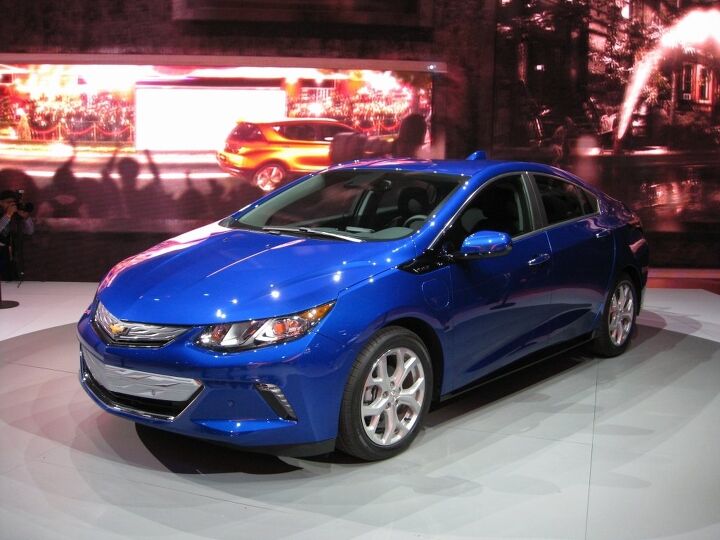





















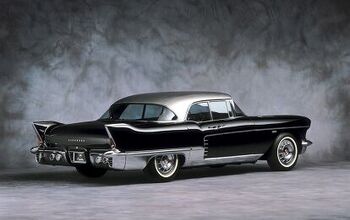

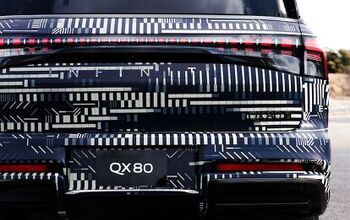

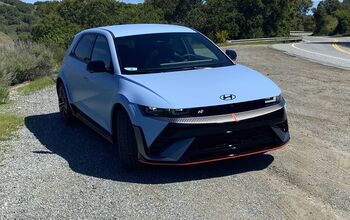

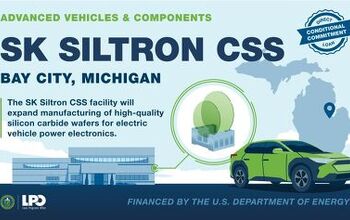
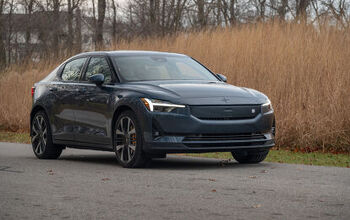

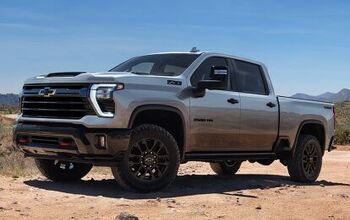
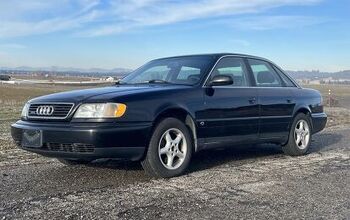

Comments
Join the conversation
I'm not a big GM fan by any means, but I think it's been a limited success. Expensive to develop, but the 2nd generation will take them further. The technology intrigues me, and perhaps someday I will strongly consider an electric car.
28 The Fiero "Failed?" It managed to outsell every one of its competitors each year it was in production. How is that a failure?